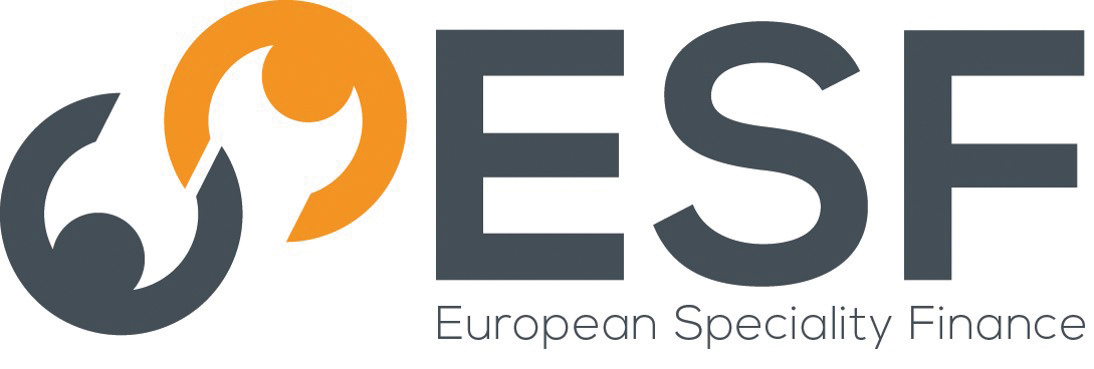Market Insight: Old money, new method

Marketplace lending is a new form of credit intermediation that has generated a lot of media buzz, so how can it fit into a family office portfolio? Ravi Anand, managing director of ESF Capital, explains marketplace lending whereby individual loans are broken into loan parts and matched to lenders through an online platform.
The beauty of the matching nature of marketplace lending is that it is a perfect solution for matching supply and demand of capital and risks.
Where should marketplace lending sit in a diversified portfolio?
Marketplace or 'peer-to-peer' lending can be attractive for family office investors for several reasons:
• attractive absolute and relative returns compared to other fixed interest instruments
• ability to create some granular/diverse portfolios through investment in loan parts
• transparent credit process and loan pricing
• ability to match maturity profile to desired outcomes
An added benefit is that this new breed of lenders is engaging in a business model based on a wider shift in consumer behaviour and expectations (digitisation, convenience, immediacy).
In looking at marketplace lending, family offices need to consider the differences between the type of direct lending being undertaken—consumer, business, real estate, secured and unsecured lending all carry differing risk/return profiles and particular macroeconomic exposure. Family offices also need to consider comparable asset classes in order to determine an appropriate portfolio fit—marketplace lending asset classes may be compared to high yield bonds, syndicated senior loans, larger direct private lending, direct real estate investment, and asset-backed securities.
What are the key issues and mitigants that family office should think about in considering an investment in marketplace lending?
Transparency and comparability
 In principle, investing through marketplace lenders should require fewer resources to assess loans. However, many platforms do not disclose comprehensive information about their credit assessment processes.
In principle, investing through marketplace lenders should require fewer resources to assess loans. However, many platforms do not disclose comprehensive information about their credit assessment processes.
At present, the lack of a uniform set of standards places some obstacles for investors willing to invest across multiple marketplace lenders. The data structure, terminology, and methodologies differ greatly from platform to platform. However, good platforms are able to clearly demonstrate how loans are underwritten, an expected loss rate and basis for making investment decisions.
In practice investors should need to select a limited number of platforms to ensure time and costs of investment are worth it.
Scale
The size of the market in marketplace lending is not large enough to be on the radar screen of many large institutional investors and this presents an opportunity for more nimble investors such as family offices who can identify the availability of better risk/adjusted returns.
Liquidity risks
While some marketplace lenders offer a secondary market, they are generally limited. However, investors can match duration to their portfolio and should generate excess returns from the illiquidity premium.
Alignment of interests
Contrary to traditional lending models, marketplace lenders generally do not have direct incentives to identify early warning signals and ensure the recovery of the defaulted loan obligations, although in the medium term the level of defaults and losses will determine winners from losers. Family offices can find ways to ensure the alignment of interests with platforms particularly how they are paid and incentivised.
Regulatory risks
Regulators in different jurisdictions have different attitudes to regulation and supervision required of marketplace lenders. In the UK, the Financial Conduct Authority has regulated a number of participants and has been very proactive in developing a robust framework
The Lending Club controversy has prompted investors to ask about marketplace lending, how can I get comfortable about how the asset class will perform through the cycle?
The Lending Club 'controversy', which led to the departure of its chief executive, was around a lack of corporate governance and robust operational process. Fundamentally, while technology, data, and enthusiastic entrepreneurs are key part of these business, so is financial market and institutionally-robust experience. Current participants looking to scale are recognising the need to embrace traditional finance experience with newer business models. Overall, the concern about platforms not having been around throughout a full credit cycle relates not only to the limited experience and track record of these new players, but also to the underwriting techniques that lie at the heart of the business models.
How can family offices engage with marketplace lenders?
Firstly, investors need to consider the asset class and risk profile they wish to invest in. A simple online search will reveal most participants in relevant jurisdictions and asset classes.
Secondly, investors need to consider how active they wish to be—in its truest form marketplace lender allow absolute discretion to bid on individual loans at whatever size suits. Some platforms have an automated function whilst others offer a service more akin to asset management discretionary service, sometimes through pooled investment vehicles.
It is an exciting time to look at alternatives to fixed income investment that can diversify portfolios and take advantage of excess risk adjusted returns.







